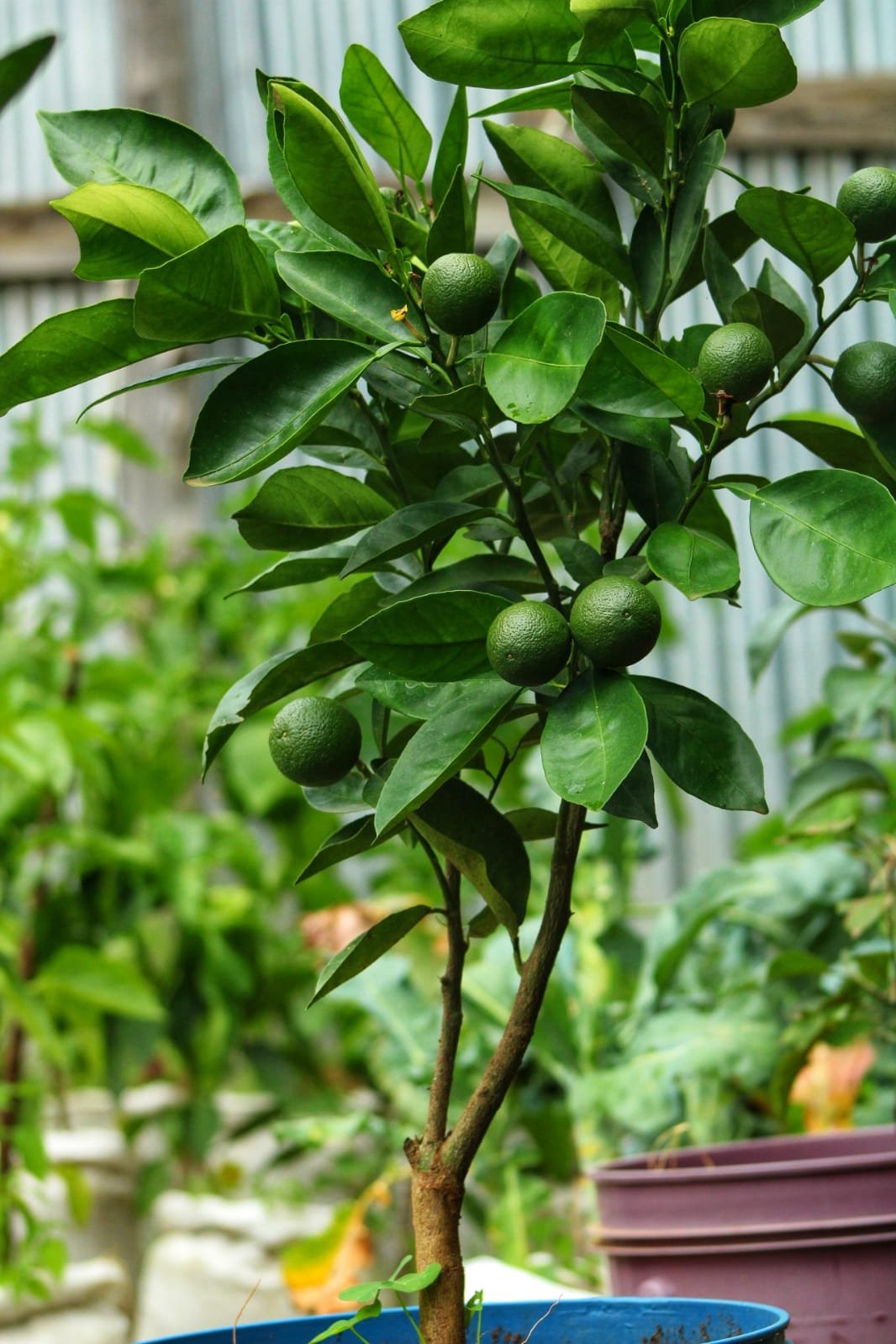Climate Smart Agriculture Practices A to Z
Climate-smart agricultural practices are essential for smallholder farmers to mitigate the impacts of climate change, adapt to changing conditions, and improve their agricultural productivity and sustainability. These practices aim to enhance resilience, reduce greenhouse gas emissions, and ensure food security. The following practices can be adopted by smallholder farmers:
Agroforestry: Planting trees and shrubs alongside crops and livestock can provide multiple benefits, such as improving soil fertility, providing shade, conserving water, and sequestering carbon.
Agroecological Approaches: Following natural ecological principles in farming, such as promoting biodiversity, can lead to more resilient and sustainable agricultural systems.
Climate-Resilient Seeds: Accessing and using seeds that are adapted to changing climate conditions can improve crop yields and overall resilience.
Crop Diversification: Growing a variety of crops can spread risks associated with changing climate conditions. Diversification also helps improve soil health and reduce pest and disease pressures.
Conservation Agriculture: This involves minimum soil disturbance, maintaining a permanent cover of crop residues or cover crops, and practicing crop rotation. It helps improve soil structure, water retention, and reduces erosion.
Cover Cropping: Planting cover crops during fallow periods helps protect soil from erosion, adds organic matter, and improves soil structure.
Drought-Resistant Crop Varieties: Planting drought-resistant or climate-tolerant crop varieties can help crops thrive under challenging climate conditions.
Energy Efficiency: Adopting energy-efficient practices, such as using solar-powered irrigation systems or more efficient machinery, can reduce emissions and operating costs.
Improved Water Management: Efficient irrigation techniques, such as drip irrigation or using rainwater, can conserve water resources and improve crop yield.
Integrated Pest Management (IPM): Using natural predators, resistant crop varieties, and minimizing pesticide use can help control pests and diseases while reducing environmental impacts.
Livestock Management: Introducing sustainable livestock practices, such as rotational grazing and proper manure management, can reduce greenhouse gas emissions and improve soil health.
Rainwater Harvesting: Collecting and storing rainwater for irrigation during dry periods can help farmers cope with erratic rainfall patterns and droughts.
Soil Conservation Techniques: Implementing practices like contour plowing, terracing, and mulching can prevent soil erosion and degradation.
Use of Organic Matter: Adding compost, crop residues, and other organic materials to the soil enhances soil fertility, structure, and water-holding capacity.

